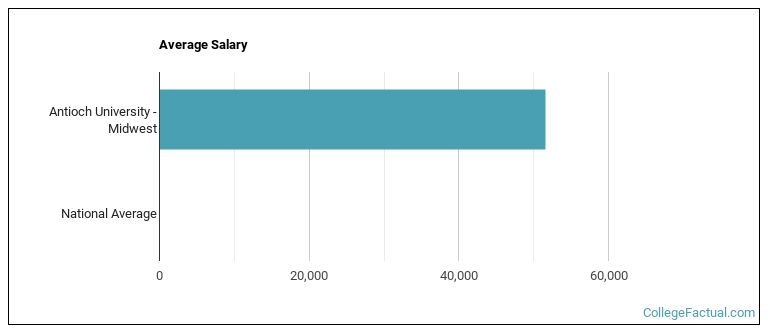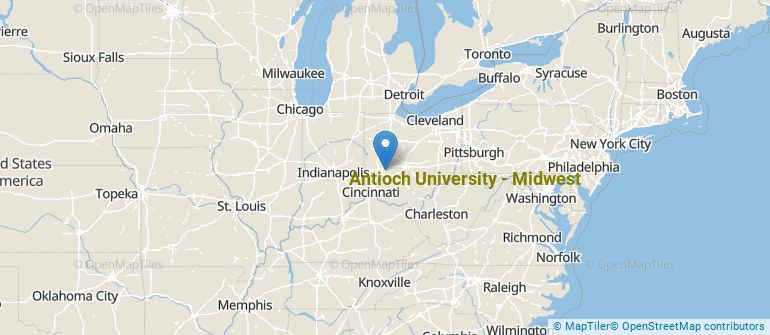 by our College Data Analytics Team
by our College Data Analytics TeamExplore the best ranked schools for the programs you are most interested in.
Antioch University McGregor was not ranked in College Factual's 2025 Best Overall Colleges report. This could be for a number of reasons, including lack of data.
At Antioch University McGregor, the student to faculty ratio is an excellent 5 to 1. That's much better than the national average of 15 to 1. This indicates that many classes will probably be small, and students will have ample opportunites to work closely with their professors and classmates.

See which majors at Antioch University - Midwest make the most money.
Get more details about the location of Antioch University - Midwest.

Contact details for Antioch University McGregor are given below.
| Contact Details | |
|---|---|
| Address: | 900 Dayton St, Yellow Springs, OH 45387 |
| Phone: | 937-769-1800 |
| Website: | www.antioch.edu/ |
| Most Popular Majors | Bachelor’s Degrees | Average Salary of Graduates |
|---|---|---|
| Business Administration & Management | 65 | NA |
| Liberal Arts General Studies | 35 | $46,487 |
| Human Development & Family Studies | 16 | NA |
| Interdisciplinary Studies | 16 | NA |
| Human Services | 15 | NA |
| Educational Administration | 0 | NA |
| Health Sciences & Services | 0 | NA |
| Natural Resources Conservation | 0 | NA |
Online learning options are becoming more and more popular at American colleges and universities. Online classes are great for students who have busy schedules or for those who just want to study on their own time.
In 2022-2023, 443 students took at least one online class at Antioch University - Midwest. This is a decrease from the 477 students who took online classes the previous year.
| Year | Took at Least One Online Class | Took All Classes Online |
|---|---|---|
| 2022-2023 | 443 | 323 |
| 2021-2022 | 477 | 477 |
| 2018-2019 | 39 | 18 |
Learn more about online learning at Antioch University - Midwest.
Footnotes
*The racial-ethnic minorities count is calculated by taking the total number of students and subtracting white students, international students, and students whose race/ethnicity was unknown. This number is then divided by the total number of students at the school to obtain the racial-ethnic minorities percentage.
References
More about our data sources and methodologies.